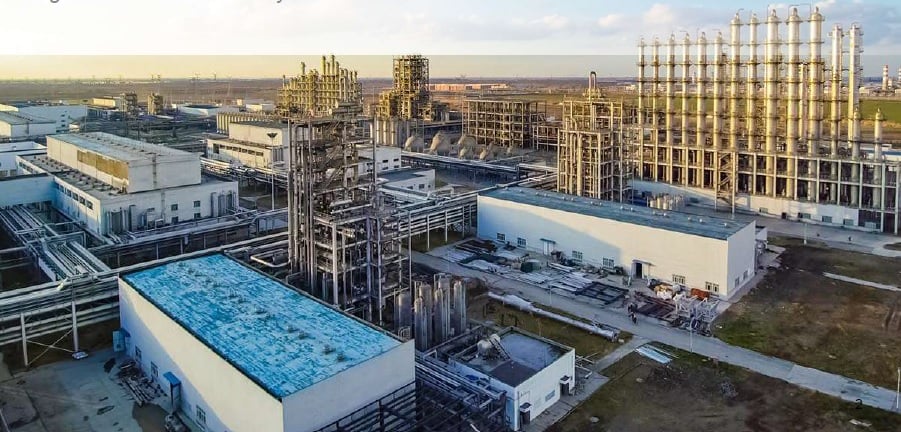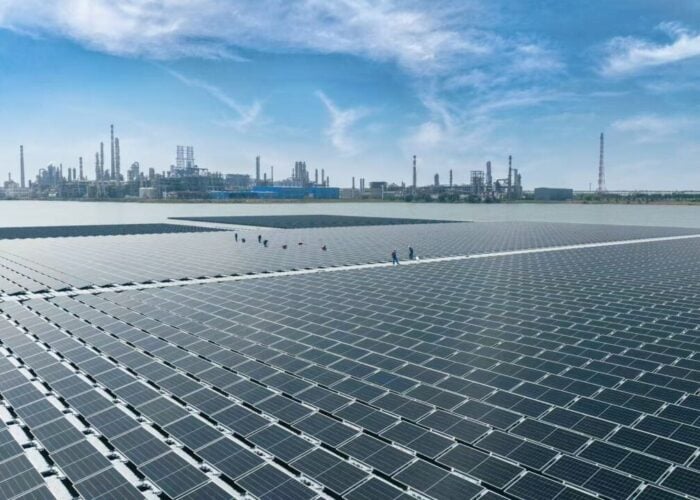
Polysilicon prices have risen by 8.6% to RMB230/kg (US$35.3/kg) this week following a power crisis in China that has seen the government order silicon metal producers to curb their operations.
Producers of silicon metal in China have been told by the country’s government to shutter or reduce working hours while a power crisis grips the country, and in particular Yunnan Province. As a result, the price of solar-grade polysilicon has leapt by almost 9% in a week.
Unlock unlimited access for 12 whole months of distinctive global analysis
Photovoltaics International is now included.
- Regular insight and analysis of the industry’s biggest developments
- In-depth interviews with the industry’s leading figures
- Unlimited digital access to the PV Tech Power journal catalogue
- Unlimited digital access to the Photovoltaics International journal catalogue
- Access to more than 1,000 technical papers
- Discounts on Solar Media’s portfolio of events, in-person and virtual
The latest jump in polysilicon price is expected to increase the price of monofacial PERC modules by 2.1%, equivalent to around US$0.005/W. This follows a year that has seen module prices increase by 25%, causing the delay or cancellation of solar projects.
China has been hit by a perfect storm when it comes to its energy crisis. Falling coal production and reserves, poor energy efficiency and surging demand following the pandemic have all combined to deplete power availability and push up prices.
As a response, China has ordered railway companies and local authorities to expedite coal supplies to utilities. Coal still accounts for 56% of China’s power generation and is used to power many productions sites that make solar products.
Indeed, Bloomberg News, citing unidentified sources, reported yesterday (29 September) that China was weighing up whether to raise industrial power prices in order to ease the supply pressures.
China has recently sought to reduce its energy consumption but “the curbs more likely ignited a tinderbox of issues accumulating for months around soaring fuel prices and coal shortages, highlighting the difficulties in implementing energy policy in the context of a huge economy with numerous moving parts,” according to an analysis paper by S&P Global published yesterday (29 September).
Module prices have been on the rise since December last year due to a number of factors, including polysilicon supply shortages and soaring shipping costs. Experts expected the price of modules to come down in the new year.
Analysis
Sean Rai-Roche, Reporter, PV Tech
An energy crisis in China that has seen silicon manufacturing curtailed is not good news for the solar industry. If it persists, it will likely cause greater upward pressure on polysilicon, and in turn module, prices. While the impact of the energy crunch on modules has been minimal so far (up 2.1%), the situation could worsen if it drags on.
Polysilicon production was already under pressure this year after the major producers failed to bring enough capacity online to meet demand and nervous manufacturers bought up large quantities at high prices fearing shortages. This, combined with massively increased shipping costs, caused the price of modules to soar and delayed projects.
Nonetheless, industry analysts and experts predicted that the price of modules would plateau before the end of this year and start to fall thereafter. The major players were bringing more polysilicon capacity online and there would be more than enough supply to meet demand.
Fuel shortages in China causing production to slow or stop was not part of their predictions, however.
And while this latest crisis will probably be short lived as the Chinese state steps in and demands the speedy delivery of coal to its utilities, it will likely cause yet more uncertainty and price rises down the supply chain. One potential silver lining is that the situation has highlighted the country’s (and our industry’s) reliance on coal power, which must be addressed.






